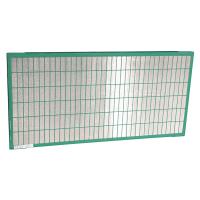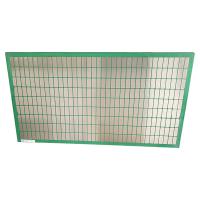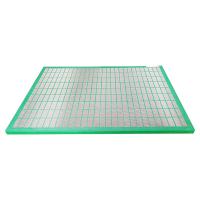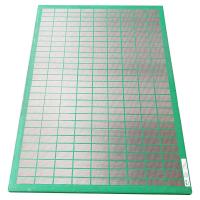In any modern city, there are municipal sewage and water pipelines crossing under the city ground. When there is need to lay a new pipeline or repair an existing one, there comes difficulty if we wouldn’t like to bring damage to the ones already there. Then, the brilliant human beings came up with the technology of hydro excavation, which is both highly reliable and accurate. It use high pressure water and a vacuum system to dig into the soil and is considered as a kind of surgical method.
The hydrovac excavation has become quite popular and warmly welcomed by the operators in this industry, but one thing became a headache: how to treat the by-product, the slurry. Normally, hydrovac slurry contains liquid and solids with proportion as 60% and 40%. With this high solids content, this slurry was quite difficult to treat. But without treating, the dump and transportation become even more difficult, or say, expensive.

GN Solids Control has years of experiences for providing efficient separation solutions, including hydrovac slurry treatment. This system for northern America is one of those, containing:
1. Coarse shakers to remove large particles from the hyrovac slurry, with gap meshes made of stainless steel.
2. Fine shale shakers to remove particles bigger than 100 microns by using fine shaker screens with composite material frame and screen mesh made of stainless steel.
3. Cyclones of 10 inch diameter for the particle sizes larger than 40 micrones. Because of the size range, we call this sized cyclone desanding cones.
4. Cyclones of 4 inch diameter for particles with size around 20 microns, and this kind of cyclones are called desilter cones.
5. Both cyclones are fed by centrifugal pumps with high quality material like hard alloy casing and impellers for longer service life.
6. Big bowl decanter centrifuges for extra fine particles from 2 to 5 microns.
Welcome consult to GN for more information.





